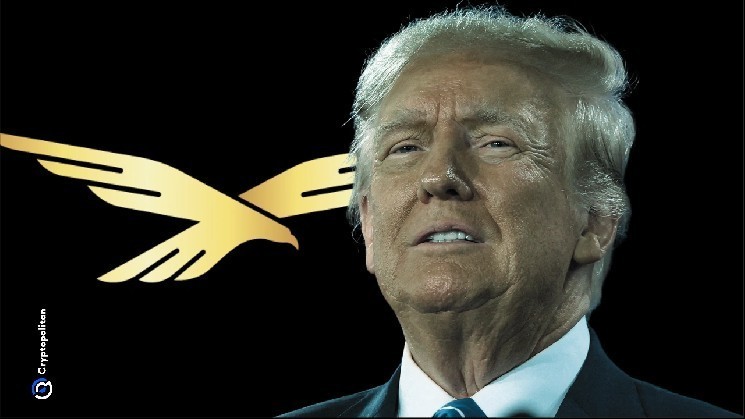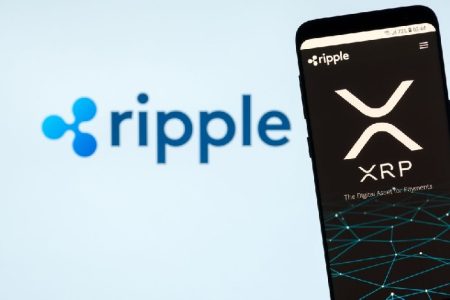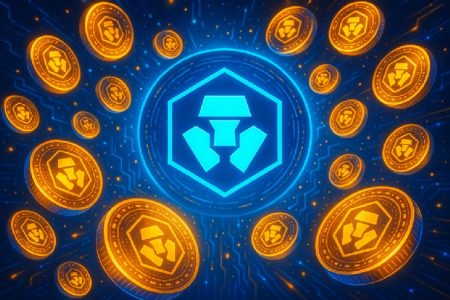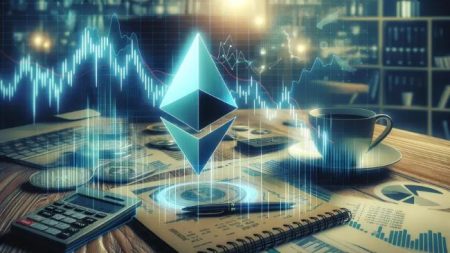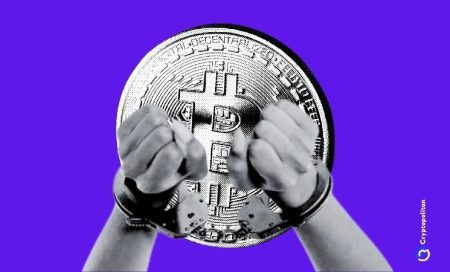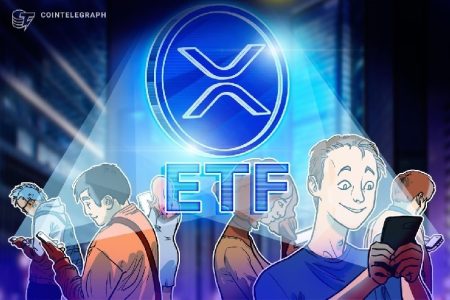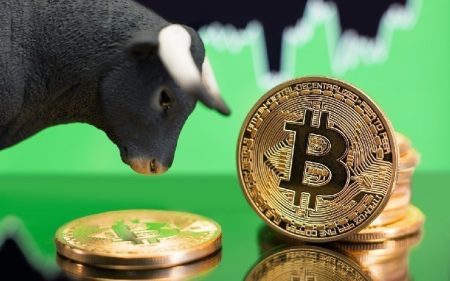World Liberty Financial Introduces Token Buyback Program Amid Market Challenges
Trump-Founded DeFi Protocol Implements Community-Approved Burn Initiative to Boost WLFI Value
World Liberty Financial, the decentralized finance protocol established by former US President Donald Trump’s family, has announced the implementation of a significant token buyback and burn program following overwhelming community support. The initiative, set to commence this week, will allocate 100% of the protocol’s treasury liquidity fees toward purchasing and permanently removing WLFI tokens from circulation—a strategic move aimed at strengthening the token’s market position following a challenging launch period.
The announcement came via a governance update shared on the platform’s official X account late Thursday, with the team pledging transparent reporting of all buyback and burn activities once executed. The decision follows a recent governance proposal that received near-unanimous backing, with 99.84% of participating community members voting in favor of the initiative, while a mere 0.06% opposed it. This overwhelming support reflects growing stakeholder concern about WLFI’s market performance and a collective desire to implement measures that could potentially reverse its downward trajectory.
Community Analysis Reveals Potential Impact of Buyback Strategy
The WLFI ecosystem currently applies a 0.125% fee structure on approximately $3.5 billion in daily trading activity, according to community analysis shared across social platforms. These fee-generated revenues will now power the buyback and burn mechanism, with estimates suggesting around 4.375 million tokens could be removed from circulation daily under current market conditions. This systematic reduction of available tokens represents a significant shift in tokenomic strategy for the platform.
With a reported circulating supply of approximately 24.66 billion WLFI tokens, community calculations indicate that burning 10% of this supply—roughly 2.47 billion tokens—would require approximately 564 days at the current burn rate. The fundamental principle driving this initiative is straightforward: by decreasing token supply while demand remains constant or increases, the protocol aims to create upward pressure on WLFI’s value. “This program removes tokens from circulation held by participants not committed to WLFI’s long-term growth and direction, effectively increasing relative weight for committed long-term holders,” stated the official proposal that community members endorsed.
The buyback initiative comes in response to WLFI’s challenging market debut on September 1, which saw the token plummet to an all-time low just three days after launch. By September 4, WLFI had experienced a devastating 40% price decline, erasing millions in investor value despite an earlier effort to burn 47 million tokens on September 3. That initial burn failed to stabilize the market, and according to data from Coingecko, WLFI has surrendered more than 36% of its value since its introduction to the market, creating mounting pressure for the protocol to implement more robust value-preservation measures.
Mixed Reactions: Supporters Champion Burn Strategy While Critics Question Effectiveness
While the buyback and burn program has generated optimism among many WLFI holders, a substantial contingent of community members remains skeptical about whether the initiative will sufficiently impact the token’s market stability. The community appears divided on both the approach and expected outcomes, with some advocating for more aggressive interventions beyond the approved measure.
One WLFI community member on X proposed an alternative strategy, suggesting that a portion of the presale token supply could be burned and repurchased by the team rather than released into circulation as originally planned. This proposal also advocated for implementing a cap tied directly to fee revenues and establishing a vesting schedule that would limit the annual unlocking of presale supply. “This would cut down sales pressure and support long-term stability,” argued the post, highlighting concerns that the approved burn mechanism may not adequately address underlying market dynamics affecting WLFI’s price performance.
Critics of the buyback approach have been more pointed in their assessment, arguing that token burns fundamentally fail to create intrinsic value for the month-old governance token and would not meaningfully enhance its fundamental value proposition. One particularly vocal commenter characterized the current burn rates as woefully inadequate, stating: “Burns from fees alone won’t take WLFI to $1; they’re too small and too slow. Price stability needs massive supply cuts, not just scraps. Unless 10B+ gets burned, $1 is a dream insiders sell while retail bleeds. We need real action, not delays.” This sentiment reflects growing impatience among some investors who question whether the protocol’s leadership is implementing sufficiently robust measures to protect token holders.
Beyond Burning: WLFI Expands Ecosystem With Debit Card Announcement
As the protocol implements its token burning strategy, World Liberty Financial is simultaneously expanding its product ecosystem. During a fireside chat at the Korea Blockchain Week 2025 Impact conference in Seoul, WLFI co-founder Zak Folkman revealed plans to launch a debit card that will integrate the project’s stablecoin, World Liberty Financial USD (USD1), with the WLFI application ecosystem and Apple Pay compatibility.
While no specific release date has been announced for this new financial product, the initiative represents a strategic expansion of WLFI’s utility beyond its core decentralized finance trading platform. By connecting traditional payment infrastructure with its digital assets, the protocol aims to broaden its appeal and practical applications for everyday users—potentially creating new demand sources for the WLFI token ecosystem.
Despite these development efforts and the newly approved buyback program, WLFI’s market performance continues to trend downward, with its price hovering near $0.1920 at publication time. Technical indicators suggest persistent bearish momentum, with moving averages positioned below the current market value. As the buyback and burn program commences implementation this week, market observers will be closely monitoring whether these combined initiatives can meaningfully alter WLFI’s market trajectory or if more substantial interventions may ultimately be required to achieve the price stability that long-term investors seek.
As World Liberty Financial navigates these early challenges, the protocol’s ability to balance tokenomic interventions with ecosystem expansion will likely determine whether it can establish the market credibility and stability necessary to fulfill its ambitious vision within the increasingly competitive decentralized finance landscape. For now, both supporters and skeptics remain fixated on the protocol’s transparent execution of its community-approved strategies and their measurable impact on WLFI’s market performance in the coming months.





